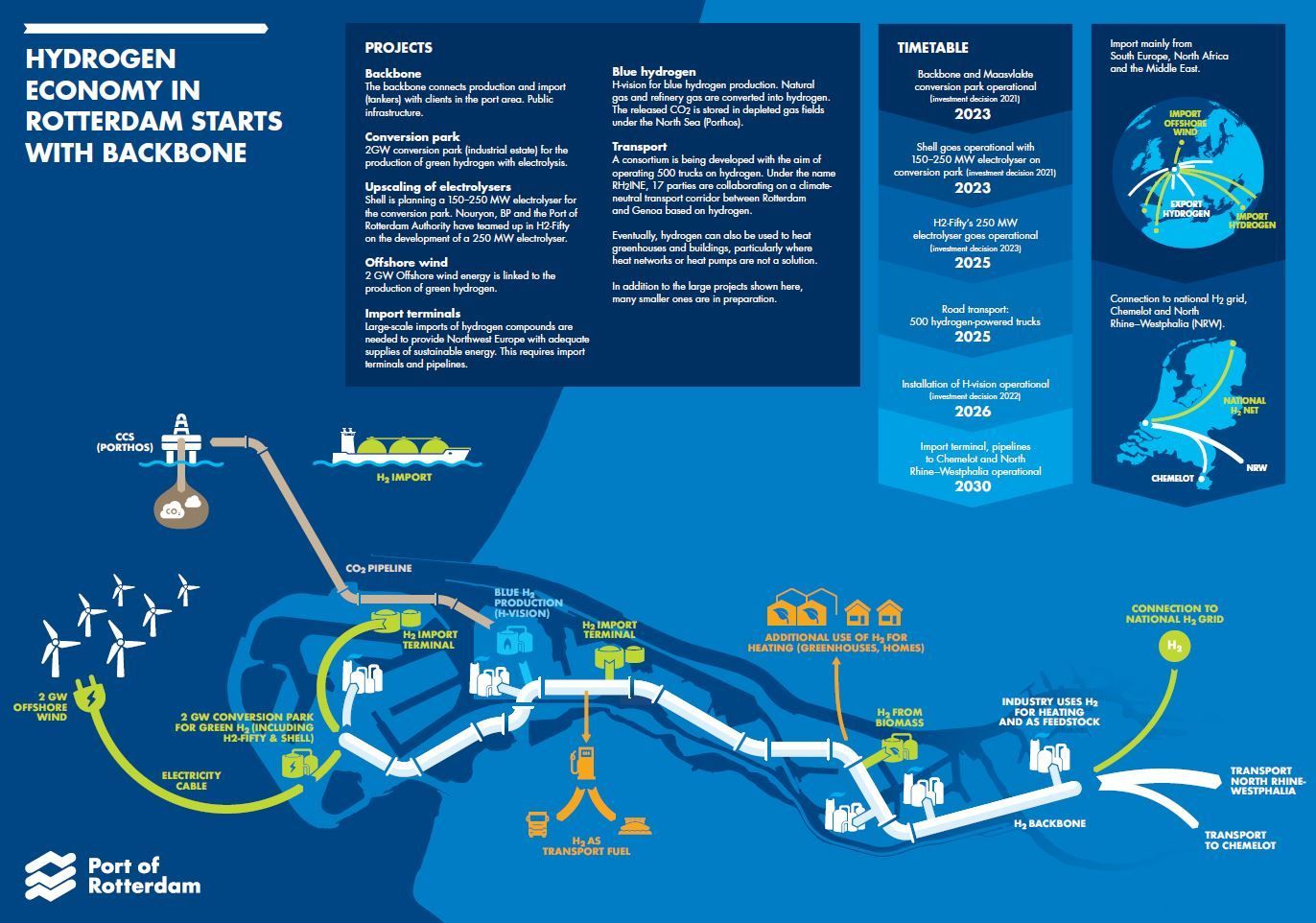These large batteries will be gas killers.
Neoen reveals plans for another 300MW big battery in South Australia
French renewable energy and battery storage developer Neoen, fresh from the formal opening of the Victorian Big Battery – the biggest in Australia to date – has revealed plans for a potentially even bigger battery in South Australia.
Neoen is due to hold a community open day on Thursday for the Blyth battery, which will be sized up to 300MW and 800MWh, trumping the 300MW/450MWh capacity of the newly opened VBB near Geelong.
The Blyth battery will be located west of the town of Blyth, north of Adelaide, and alongside the existing Blyth West sub station, which have now become prime sites for aspiring battery storage developers.
It is one of three huge big battery projects proposed in South Australia by Neoen, including the 900MW/1800MWh big battery that will form part of the massive Goyder South wind, solar and battery hybrid, and a smaller battery as part of the renewable hydrogen hub proposed for Crystal Brook.
Another big battery – a 250MW/250MWh facility at AGL’s Torrens Island gas facility – has also begun construction.
Neoen Australia boss Louis de Sambucy told RenewEconomy in an interview on Wednesday that there was plenty of room for more big batteries in South Australia, which has two other operating big batteries at Lake Bonney and Dalrymple, and another at Lincoln Gap waiting for commissioning.
See RenewEconomy’s Big Battery Storage Map of Australia
De Sambucy said Goyder South was perfectly positioned – next to the South Australia end of the new Project EnergyConnect transmission line to NSW – to provide “virtual transmission” services in the same way that the VBB is contracted to do with the link from NSW to Victoria. This allows the link to operate at higher capacity.
Blyth, de Sambucy said, would also provide grid services but it’s proposed storage element of up to three hours suggests that it could also play a key role in the arbitrage market, which focuses on shifting the output of wind and solar from times of surplus supply.
South Australia is already running at an annual average of more than 62 per cent wind and solar – with very little storage capacity from its existing three batteries at Hornsdale, Dalrymple and Lake Bonney – and often enjoys lengthy periods of more than 100 per cent renewables, with the excess exported to Victoria.
Over coming years, particularly after the new link to NSW is completed, South Australia is expected to reach “net 100 per cent” renewables well before the state government target of 2030.
De Sambucy said it was often thought the more prominent role of battery storage would be when there is little wind and solar in the grid, discharging to help meet supply. But because of the multiple grid stability services that they can supply, they were needed at times when there was lots of wind and solar production.
“We see a growing need for batteries when there is a lot of energy in the network,” de Sambucy told RenewEconomy.
“They are not just needed when discharging. Batteries can be extremely useful to stabilise the network, with very high advantage over fossil fuels, but today there is not really any market for all the services (batteries can offer) in the market.”
Neoen plans to build a big battery in every mainland state in the NEM.
It is already contracted to build a big battery in Canberra, as part of a deal that also includes the first 100MW wind stage of Goyder South, and is looking at battery storage near Lithgow, and in Queensland, at Western Downs solar farm due to be complete mid 2022, and the Kaban renewable hub now under construction.
The Blyth project is in its early stages, and no technology partner has been selected, although Neoen has chosen Tesla as its partner in all three battery storage projects to date – at Hornsdale, Bulgana and the VBB.
https://reneweconomy.com.au/neoen-revea ... australia/













